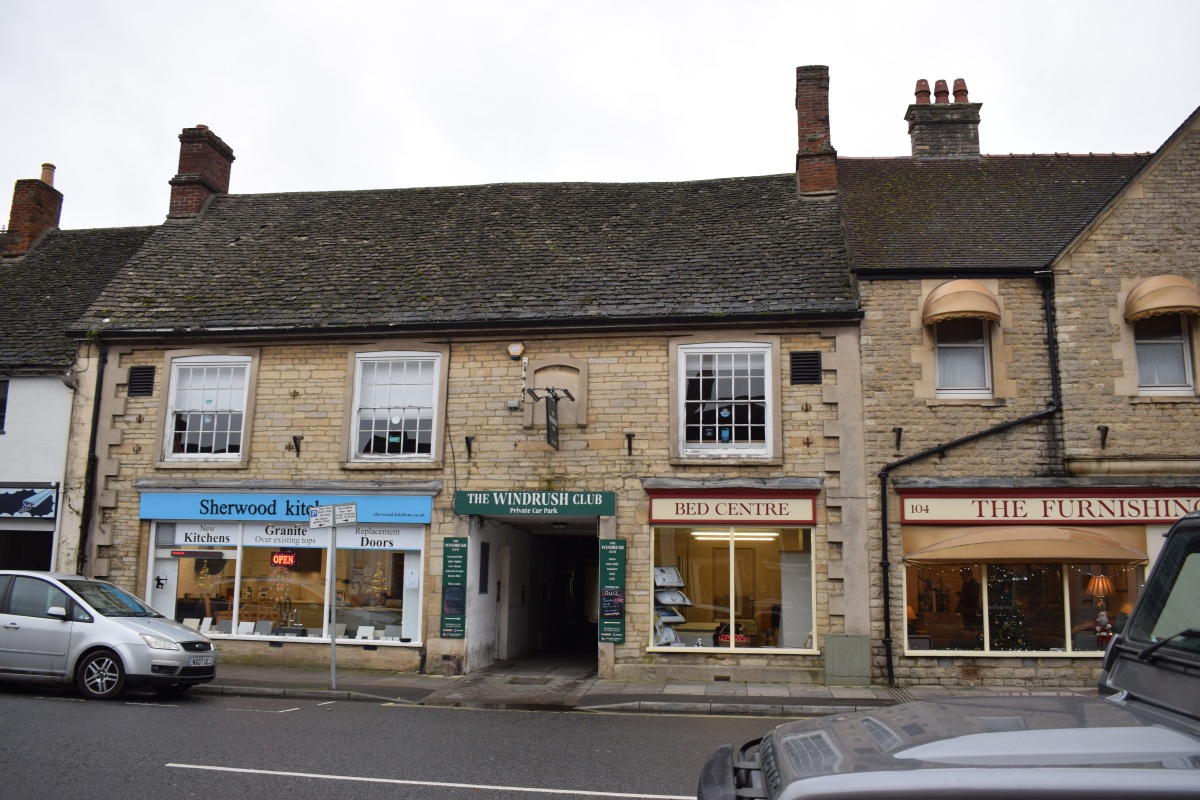Considering a historic commercial property for your next project can be a thrilling prospect, but as many potential buyers discover, it comes with a unique set of challenges. When a stunning listed building has seen a significant price reduction, it’s natural to assume the worst, perhaps hidden structural issues or costly renovation problems. While these are certainly possibilities, a professional and holistic view reveals a much broader range of factors that could be at play, each requiring expert consideration.
The market
Firstly, the commercial property market itself has undergone a seismic shift. The retail sector’s recent weakness has led to a re-evaluation of commercial property values, which can be a primary driver for a price drop. A property’s value is often intrinsically tied to its potential rental income, and if it has been vacant for an extended period, the price will naturally reflect this lack of a revenue stream. This is a market-driven issue, not necessarily a property-specific one, and it can present a real opportunity for a savvy buyer.
Legal and regulatory framework
However, the complexities don’t end there. Firstly, review previous works, extensions, or alterations to ensure they were carried out with the correct Listed Building Consent (LBC). You, as the buyer, may be liable for rectifying any unauthorised work, even if done by a previous owner. Secondly, understand the planning class-use category of the building. Will a change of use application be necessary? Thirdly, expect increased costs and potential delays for maintenance and repairs, particularly for traditional materials like slate, clay tiles, or thatch on roofs, or for internal fixtures.
A change of use, from commercial to residential, for example, is a common reason for a property being on the market for a long time. This is a process fraught with regulatory hurdles, requiring specific planning permissions that can be complex and time-consuming. A would-be homeowner might be daunted by this process, especially if they are looking to secure a standard mortgage or insurance, as many providers are hesitant to lend on mixed-use or unapproved properties.
Professional expertise
This is where expert guidance becomes invaluable. The key is to seek advice from a heritage consultant and a surveyor with specific experience in listed buildings. A thorough condition survey will provide a clear understanding of the building’s state, separating renovation concerns from the financial realities of the market. Engage heritage experts or consultants early to assess the property’s significance, review past alterations, and advise on future plans to ensure they are feasible within planning policies. A heritage consultant can help you navigate the planning system, assisting with change of use applications and ensuring your vision for the property is both compliant and sustainable. While a change of use from commercial to residential does not require permission, for any alterations that affect the building’s fabric or appearance you will need to obtain specific planning permissions, including listed building consent. A heritage statement, which outlines the building’s significance and the impact of proposed changes, is a required part of the planning application process.
A lower-priced, listed commercial property could be the perfect canvas for a creative and rewarding project. With the right team by your side, you can unlock its full potential, transforming a historic building while safeguarding its legacy for the future.


No Responses